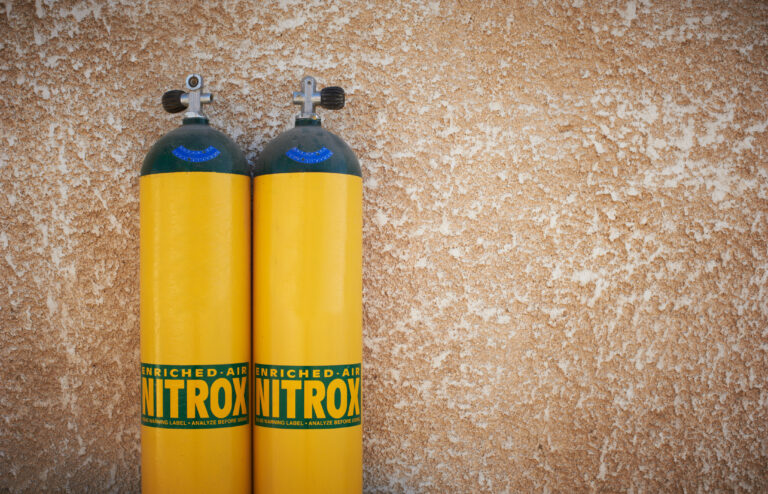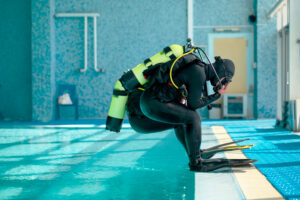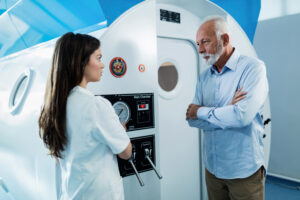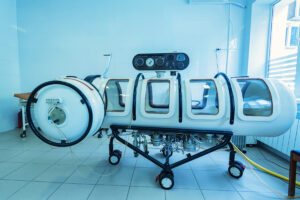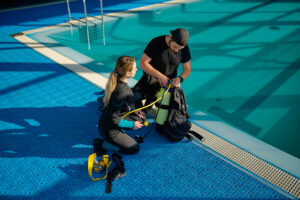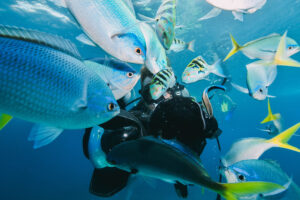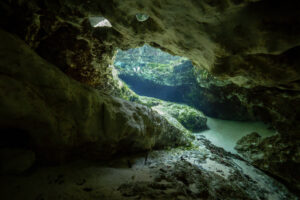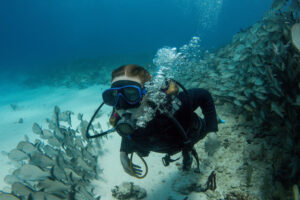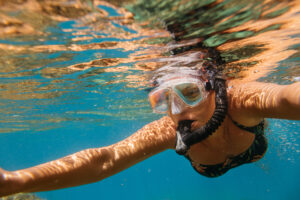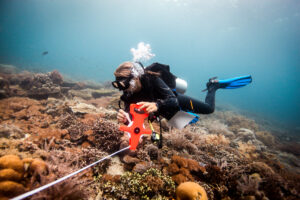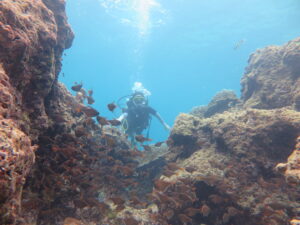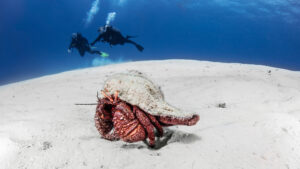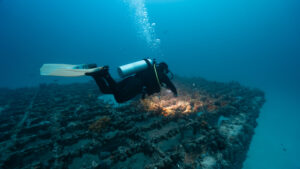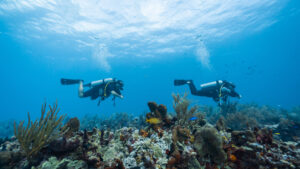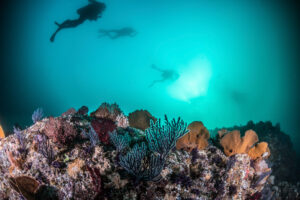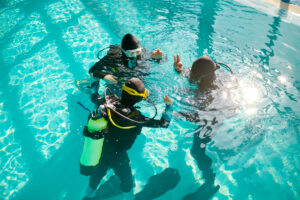What is Nitrox in Scuba Diving?
Nitrox, or Enriched Air Nitrox (EANx) or simply EAN, is a breathing gas mixture consisting of nitrogen and oxygen in which the proportion of nitrogen is less than the naturally occurring 78% found in atmospheric air. The primary benefit of using nitrox in scuba diving is reduced nitrogen absorption, reducing the risk of decompression sickness, and allowing for longer bottom times compared to diving with regular air. Nitrox is typically classified by the percentage of oxygen in the mix; the most common mixtures are EAN32 (32% oxygen) and EAN36 (36% oxygen).
History and Development
The concept of nitrox dates back to the early 20th century, with its origins in medical and military applications. Sir John Scott Haldane, a British physiologist, conducted experiments with oxygen-enriched air mixtures to treat decompression sickness in the early 1900s. Subsequently, during World War II, the United States Navy developed and tested nitrox mixtures for use in military diving operations.
In the late 1980s, nitrox gained popularity in recreational scuba diving as advances in dive computers and gas blending technologies made it more accessible and practical. The use of nitrox in recreational diving was initially met with skepticism and resistance from some dive agencies due to concerns about oxygen toxicity. However, as further research and practical experience demonstrated its benefits and safety, nitrox became increasingly accepted and widespread within the diving community.
Benefits of Nitrox in Scuba Diving
The primary advantage of using nitrox for scuba diving is the reduced nitrogen absorption by a diver’s body, which results from the increased proportion of oxygen in the breathing gas mixture. This reduced nitrogen absorption offers several benefits:
Longer no-decompression limits (NDLs)
By decreasing the rate of nitrogen absorption, nitrox extends the time a diver can spend at a given depth without requiring decompression stops during ascent. This allows for longer bottom times and increased overall dive times.
Shorter surface intervals
Due to the lower nitrogen absorption, divers using nitrox can enjoy shorter surface intervals between dives, as their bodies off-gas the absorbed nitrogen more rapidly.
Reduced risk of decompression sickness (DCS)
The lower nitrogen content in nitrox mixtures reduces the risk of developing DCS, as less nitrogen is absorbed by the diver’s body.
Increased safety margin
Nitrox provides an added layer of safety for divers who adhere to air diving limits, as the reduced nitrogen absorption further decreases the risk of DCS.
Enhanced post-dive recovery
Some divers report feeling less fatigued and experiencing faster recovery times after diving with nitrox, likely due to the increased oxygen content in the gas mixture.
Considerations and Safety Precautions
While nitrox offers numerous benefits for scuba divers, it is essential to be aware of and manage the potential risks associated with its use:
Oxygen toxicity
As the oxygen content in nitrox mixtures is higher than in regular air, there is an increased risk of oxygen toxicity, particularly at depths below 100 feet (30 meters). Divers using nitrox must be trained to understand and manage this risk by adhering to strict depth limits based on the specific oxygen concentration in their gas mixture.
Proper training
Divers must receive proper training and certification in nitrox diving from a recognized dive agency to ensure they understand the unique aspects and precautions associated with using nitrox as a breathing gas.
Gas mixture analysis
It is crucial to analyze the exact nitrox mixture before each dive using an oxygen analyzer, as incorrect gas labeling or blending errors can result in severe consequences.
Dive computer usage
Divers using nitrox should always use a dive computer compatible with their specific gas mixture, ensuring that the computer is correctly set to the appropriate oxygen percentage. This allows for accurate monitoring of no-decompression limits, depth limits, and dive planning.
Equipment compatibility
Equipment used with nitrox, such as cylinders, regulators, and hoses, must be compatible and properly maintained to prevent oxygen-related hazards, such as fire or explosion. Equipment intended for use with nitrox should be clearly marked and dedicated to nitrox use only.
Oxygen exposure management
Divers must be aware of their oxygen exposure during nitrox dives and adhere to established guidelines, such as the NOAA Oxygen Exposure Limits, to prevent oxygen toxicity.
Gas blending
Nitrox mixtures are typically created using two primary methods – continuous blending and partial pressure blending. It is essential that gas blenders are properly trained and certified to produce nitrox mixtures safely and accurately.
Environmental Considerations
While nitrox provides divers with various benefits, it is essential to recognize that the production of nitrox mixtures consumes more energy and resources compared to compressing regular air. This increased resource consumption may have environmental implications, such as higher energy usage and greenhouse gas emissions. As a result, divers should carefully consider their choice of breathing gas and use nitrox when its benefits are necessary or outweigh the potential environmental impact.
Key Takeaway
Nitrox has become an increasingly popular and accepted breathing gas in the scuba diving community, providing divers with extended no-decompression limits, reduced risk of decompression sickness, and enhanced post-dive recovery. As with any aspect of scuba diving, proper training, understanding, and adherence to safety precautions are paramount to ensure a safe and enjoyable diving experience when using nitrox. By considering the benefits and risks associated with nitrox, divers can make informed decisions about whether and when to use this breathing gas to enhance their underwater adventures.

